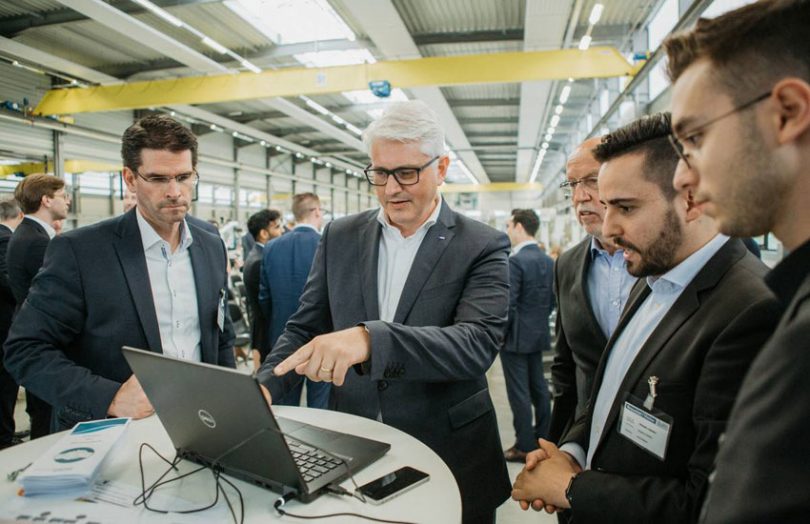Yesterday German group Dürr raised a €750 million ($840m) syndicated loan using a blockchain platform developed in-house. The coordinating banks were BNP Paribas, Commerzbank, Deutsche Bank and UniCredit. The company said the debt was raised with attractive terms. It features an interest rate linked to the company’s sustainability rating provided by the EcoVadis agency.
Dürr is a mechanical and plant engineering firm with 55% of its earnings in the automotive sector. It provides robots, paint and assembly lines for the likes of Lamborghini, GM Korea and Tesla. In 2018 it had revenues of €3.9 billion ($4.4 billion).
The loan which runs to 2024 consists of a cash credit line of €500 million ($560m) and a guarantee line of €250 million ($280m). The other participating banks were Bank of China, DZ Bank, HSBC, ING, JPMorgan, KfW/IPEX, LBBW, Mizuho and Santander. Freshfields Bruckhaus Deringer provided legal advice.
It follows another sustainability issuance in June, arranged by LBBW and ING. In that case, the company issued a €200 million ($224m) Sustainability Schuldschein at a coupon of 0.84%. A Schuldschein is similar to a promissory note.
The syndicated loan issuance leveraged Dürr’s in-house developed syndicated loan platform which uses a private permissioned version of Ethereum blockchain technology. Additionally, it used the mySaveID identity service from Targens for electronic signatures. Targens also supported the blockchain platform development.
A Dürr spokesman told Ledger Insights via email that the “main focus was on the legal steps in the process (platform onboarding with legal identity, administration, legal data release, contract generation, contract signing and relevant legal checks). One of the crucial steps is to have a certified digital identity.”
“Digitization is a key element of our strategy, not just in view of our products and services but also in internal and external business processes,” said outgoing CFO Carlo Crosetto. “It was therefore important for us to use new digital technology in the syndication process, and to gain experience. We have thus reached a further milestone in digitizing our finance area.”
Each participant has their own node and own frontend to process the steps in the loan syndication. But the hosting is currently done on Dürr systems “for security and simplification reasons.”
The very first enterprise blockchain application to go live on R3’s Corda was Finastra’s Fusion LenderComm for syndicated loans. One of the coordinating Dürr banks, BNP Paribas, is a Lendercomm client
BBVA has also been trialing several types of loan issuance on its platform, including a syndicated loan. Separately, Itaú Unibanco and Standard Chartered partnered for a syndicated loan pilot last year.
All these examples are focused on banks. What’s interesting about the Dürr example is that it gives the corporate greater control.
Update 12 August: Details about the technology used and hosting have been added with comments from a Dürr spokesman.


